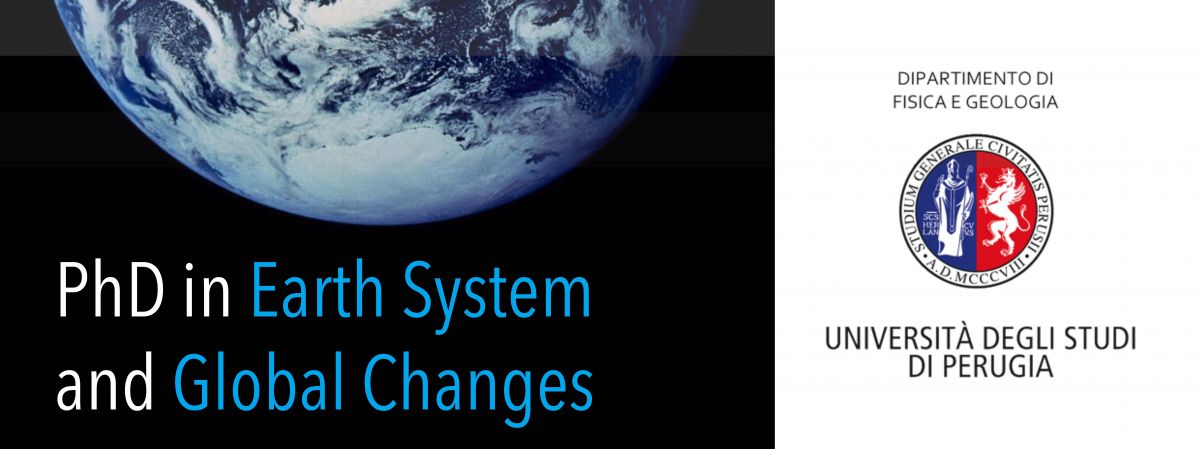The 6th appointment of the Seminar Cycle 2021 of the new PhD in Earth System and Global Changes is next Wednesday, February 24, 2021 at 5:00 pm (Italian time).
Giovanni Chiodini (INGV)
Carbon dioxide Earth degassing, heat flux and earthquakes: the case of the Apennines
LINK TO JOIN THE SEMINAR:
https://bit.ly/3pdfDDK
See you there!
PhD Coordination Committee
Flyer
The active tectonic zones of the Earth are often characterized by a diffuse process of CO2 emission (tectonic CO2). Estimating the tectonic CO2 emission is crucial for determining the global CO2 emission from inorganic, geological sources. Preliminary estimates suggest that the global tectonic CO2 emission could be comparable, if not greater, to emissions from active volcanoes. The balance of the carbon species dissolved in the waters of large aquifers is an excellent tool for measuring this diffuse emission because it potentially allows the measurement of the average flux affecting large areas, coinciding with the extension of the aquifers (tens-hundreds of km2 in Apennines). The method applied to peninsular Italy indicates that the specific fluxes of CO2 are greater than the baseline of the geothermal zones of the world and that the emission of tectonic CO2 is greater than the total CO2 emitted by Italian volcanoes (Etna, Stromboli, Campi Flegrei, Vesuvius, Vulcano, etc.). In the Apennines there is a close relationship between CO2 dissolved in groundwater and the heat flux suggesting that (i) geothermal heat is supplied to the aquifers by the upwelling of 'hot' fluids, the same ones that cause the regional CO2 anomaly and that (ii) the 'advective' heat flux is the dominant form in the region (with values up to 200-300 mW m-2). Finally, some examples suggest a close relationship between the CO2 anomaly (production, accumulation and emission) and earthquakes in the Apennines.

